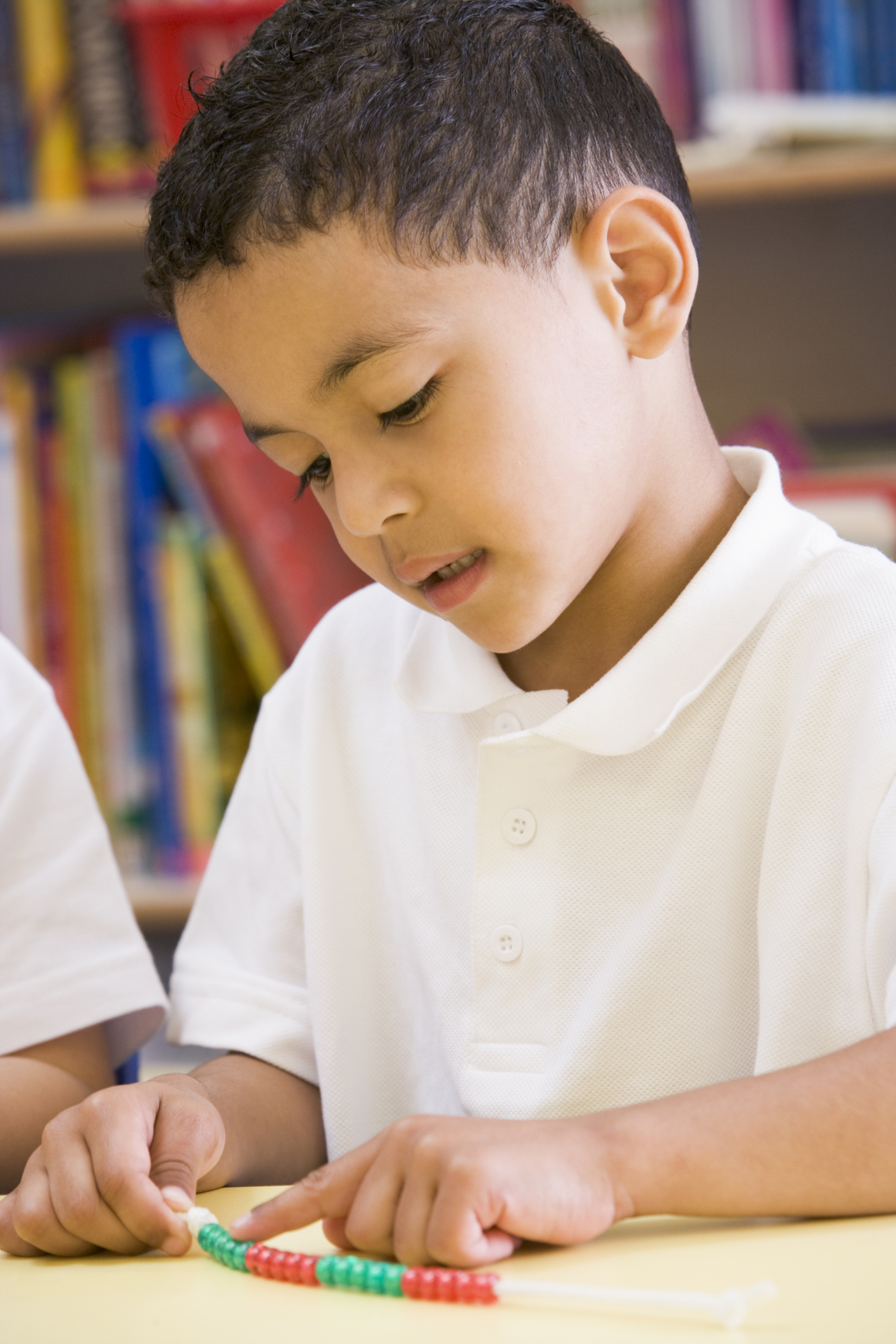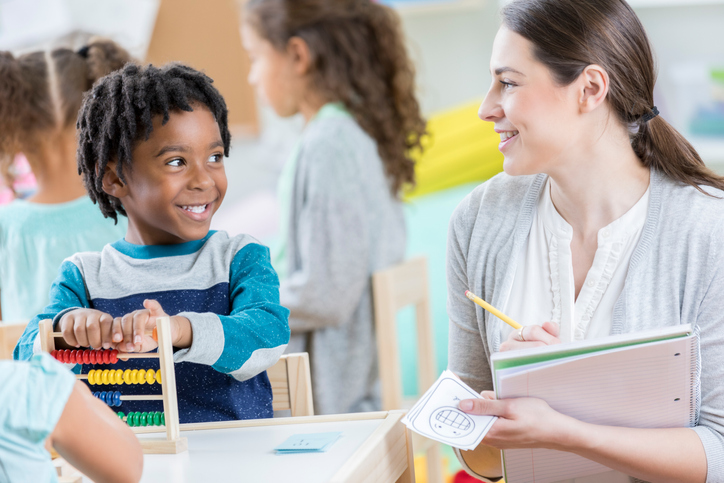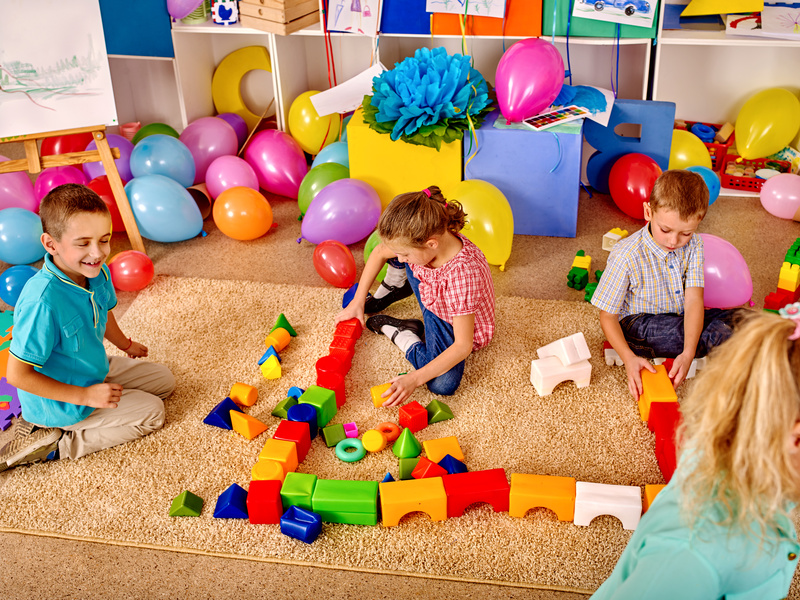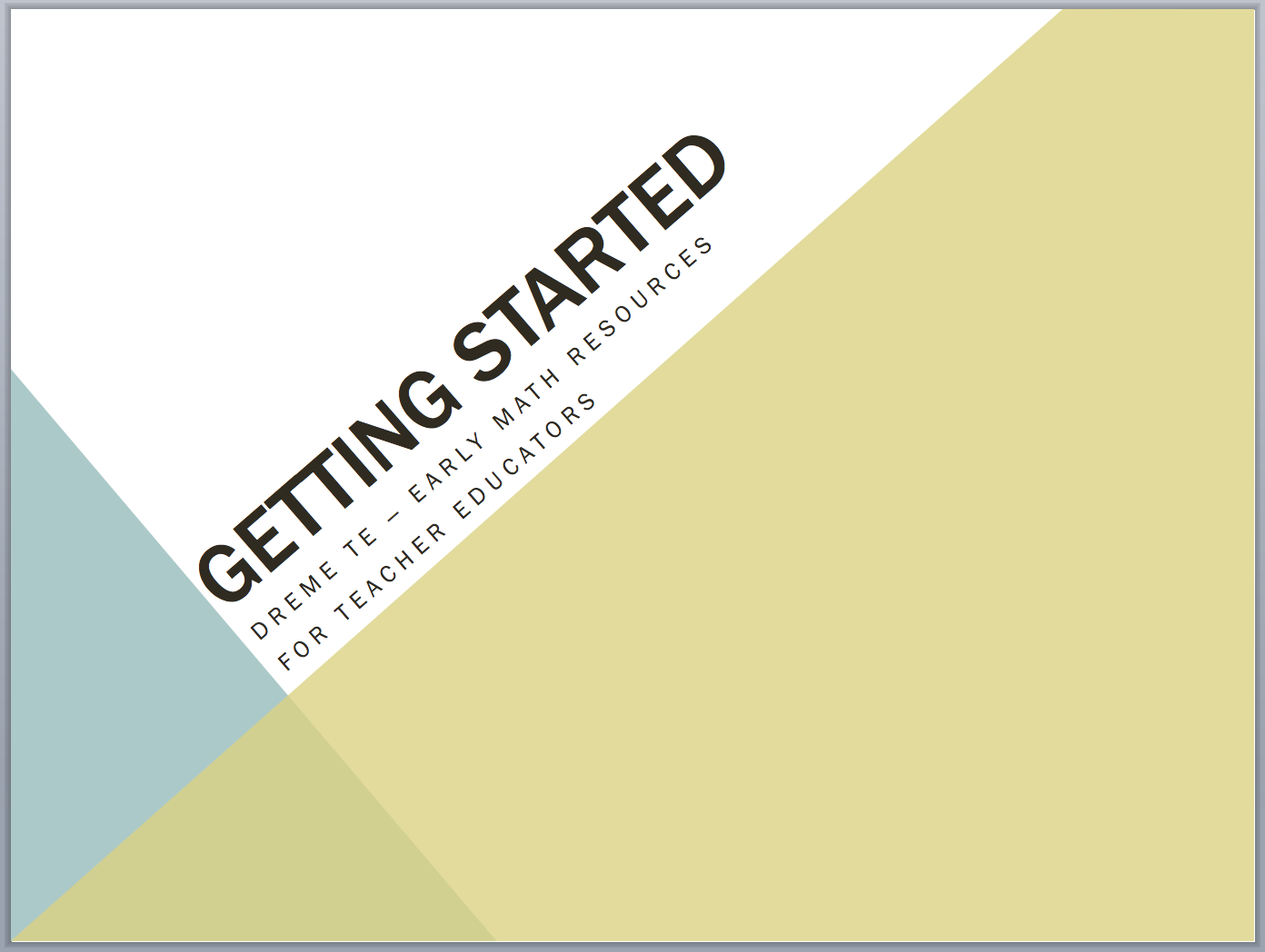A brief account of formative assessment approaches that help you learn what young children know about counting and number.
Assessing Counting: How Do We Know?
We describe a variety of formative assessment techniques in the Overview of Formative Assessments article in the Overview module. This article describes ways of assessing children’s knowledge specifically about counting. But what do we want to know about children’s counting? Generally, it is useful to understand how high a child can count, whether they know the numbers before and after a given number, and whether one number is greater or less than another . However, we also know that the purpose of counting is to make numerical sense of the world (mathematizing), and this requires counting in many different contexts, for example, counting objects, movements, or sounds. Therefore, knowing how many actual objects a child can count, whether they understand that the last number that they state actually represents the numerosity of the set, and whether they can determine which set size is greater or less than another are also important pieces of information that can inform us on each child’s level of knowledge and understanding.
. However, we also know that the purpose of counting is to make numerical sense of the world (mathematizing), and this requires counting in many different contexts, for example, counting objects, movements, or sounds. Therefore, knowing how many actual objects a child can count, whether they understand that the last number that they state actually represents the numerosity of the set, and whether they can determine which set size is greater or less than another are also important pieces of information that can inform us on each child’s level of knowledge and understanding.
It may seem as if all of these abilities and skills should work in tandem, but that usually isn’t so. Many children can verbally count to relatively high numbers, but are unable to count a set of objects larger than four. Their ability in rote counting could mislead us into thinking that they have a real sense of number. We need to make sure to look for further evidence of their real understanding. Some activities are very good at differentiating what children understand and do not understand, or what are almost understanding. Conservation activities can help us tease out that understanding. Lining up two rows of objects in one-to-one correspondence and asking the child whether the two sets contain the same number of objects is a good start. Moving the objects in one of the rows further apart so they are no longer in one-to-one correspondence and then asking whether the two sets have the same number of objects can provide a better understanding of a child's conservation abilities. Make sure to follow up both parts of this activity by asking, "how do you know?"
Below are tips on assessing young children’s counting knowledge. Use these tips in conjunction with the handout on general formative assessments to gain knowledge of both assessment techniques and counting development, and to set you on your way to effectively monitoring of your children’s mathematical development.
Formative assessments can be done in a variety of settings and formats. Some require one-on-one interactions, some can be done in interaction with a group of children, and some through observations of children working alone or with peers. Make sure the assessment technique you chose is appropriate for targeted skill, ability, and understanding. See Overview of Formative Assessments for more information on keeping track of children’s progress.
Formative Assessments
Verbal counting
- Ask an individual child to count as high as he or she can.
- Ask children to count objects (or stairs) while on walks or around the yard.
- Suggest that children count in preparation for a Hide and Go Seek game.
- Ask a child to tell you when you make a mistake (then skip or repeat a number in the counting sequence).
Numbers before and after
- Play I’m Thinking of a Number (“I'm thinking of a number that comes right after/before six”).
- In a group, ask a child to say a number, and then ask another child to state the next number or the number before. Continue with this pattern (the next child provides the initial number, the following child states the number before/after) around the circle or group. You can limit the numbers that are named by the children to one through ten, one through 20, etc.
Number comparison
- Play I’m Thinking of a Number ("I'm thinking of a number that is greater/less than 11”).
- In a group, ask two children to each state a number. Then ask another child to decide which is the greater/lesser of the two numbers.
- If children recognize numerals, write numerals 1-10 on ten cards placed randomly in front of a child and ask her to line them up in order of the numerals.
- Use collage-making or drawing as a counting activity. You can come back after the collages/drawings are made and ask each child to count how many of each object he or she chose or drew.
- Create opportunities during free play for assessing counting. How many blocks were used to build the tower? How many letters in their name? How many shovelfuls does it take to fill the bucket? How many eyes in the classroom? Ears? Arms? Legs? Shoes?
Cardinal value (numerosity of the set)
- During counting-object or counting-movement activities, ask at the end of the counting sequence, "So, how many are there all together?" or "How many is that?"
- Have the child or children line up two rows of countable objects such dominoes, teddy bears, or cars, and ask them to count how many there are in each row. At the end of each row ask them to tell you how many in that row.
Set size comparison
- During individual or group conversations about same, more and less which use the numerical value of the sets, keep track of children’s knowledge of greater-than and lesser-than.
- In the cardinal value activity with two rows described above, ask the child which of the two rows has the most objects.
- Have pairs of children draw varying sized sets of shapes on the board, then ask individual children which of two sets is larger or smaller.



